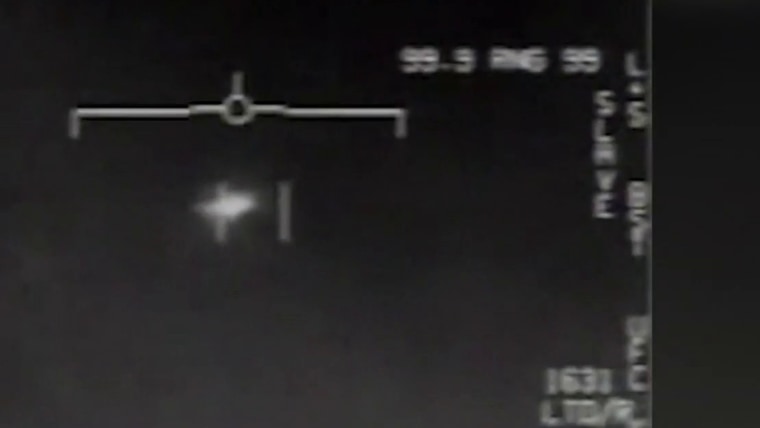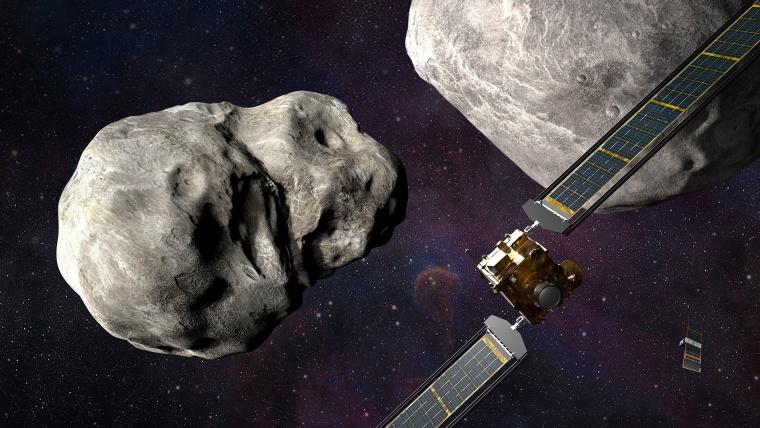The search for extraterrestrial life is going to look at our nearest galactic
Scientists are starting to look for life in our galactic backyard.
Alpha Centauri, two stars that at just over four light-years (about 25 trillion miles) away are the closest sunlike stars to our solar system, is the focus of a new effort to find planets that could reveal signs of life. The project centers on building a small space telescope — dubbed TOLIMAN after a medieval name for the star — that will go into Earth’s orbit in about two years and could start detecting planets by about 2025.
Although Alpha Centauri is right next door in astronomical terms, no planets have been detected around its binary star system. If any are found, their atmospheres could be scanned for the “biosignatures” created by extraterrestrial life — a relatively new astronomical technique that could allow scientists to determine by telescope if there’s alien life, especially microbial, on distant planets.
More than 4,000 alien planets have now been confirmed, but they’ve been largely discovered thanks to lucky alignments, said project leader Peter Tuthill, a professor of astrophysics at the University of Sydney.
“There’s a little bit of a dark secret that astronomers have been keeping,” he said. “We’re not actually very good at finding planets.”
Most of the “exoplanets,” as they’re known, have been discovered by automated systems like the Kepler space telescope, which watches continuously for planets crossing in front of hundreds of thousands of stars.
But finding planets around a particular star system — such as Alpha Centauri — is much more difficult.
To improve their chances, the new space telescope will have a specially etched mirror to create what’s known as a “diffractive pupil” effect — spreading the incoming starlight from a tiny point into a much larger, flower-shaped pattern that can better reveal any of the very slight “wobbles” caused by the gravity of orbiting planets.
The Alpha Centauri system has two stars similar to the sun, orbiting each other at about 20 times the distance between the sun and the Earth, Tuthill said.
Each has its own so-called Goldilocks Zone — where rocky planets are at just the right temperature to have liquid water on their surfaces, which is thought to be necessary for life as we know it to evolve.
In 2016, two planets were discovered around what could be a third star in the system — the red dwarf Proxima Centauri, discovered by telescope in 1915 and slightly closer to us than the other two.
But they’re not thought to be suitable for life because Proxima emits dramatic flares that can be 100 times more powerful than flares from the sun, Tuthill said.
That means the sunlike stars of Alpha Centauri may be our best bet for locating signs of alien life.
“If we found an Earth-mass planet in the habitable zones there, that would constitute a Holy Grail — a true Earth analogue,” he said. “That would potentially be an environment that could have all of the same conditions that we know here on Earth.”
The TOLIMAN project is backed by Breakthrough Initiatives, a space exploration fund based in California.
The group has proposed exploring Alpha Centauri with Breakthrough Starshot,…
Read More: The search for extraterrestrial life is going to look at our nearest galactic


